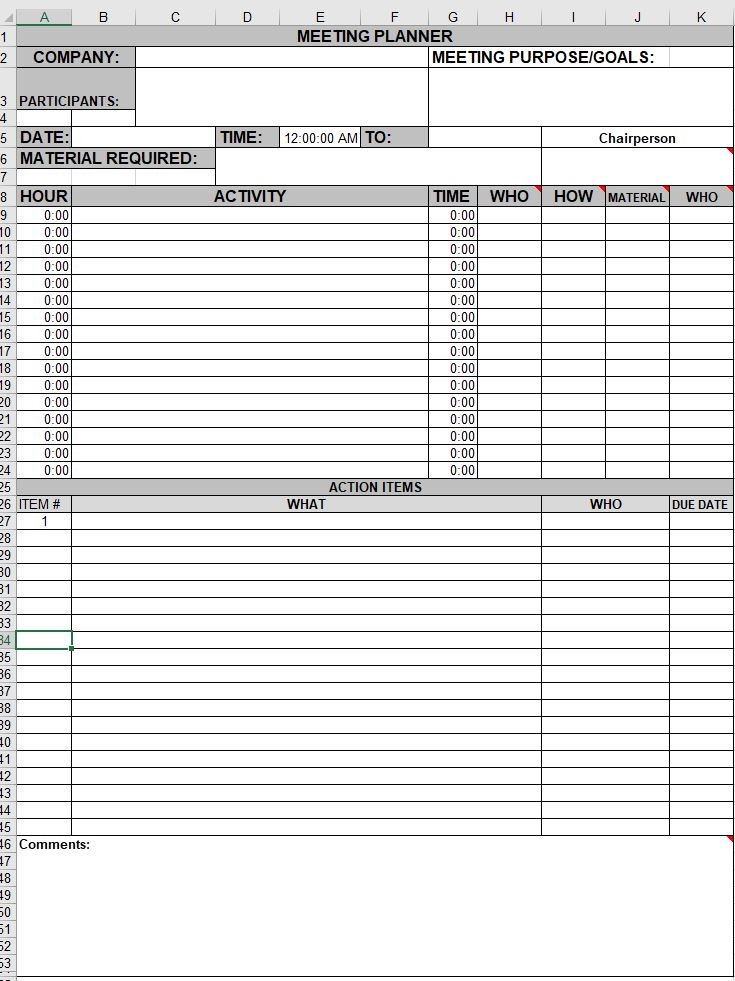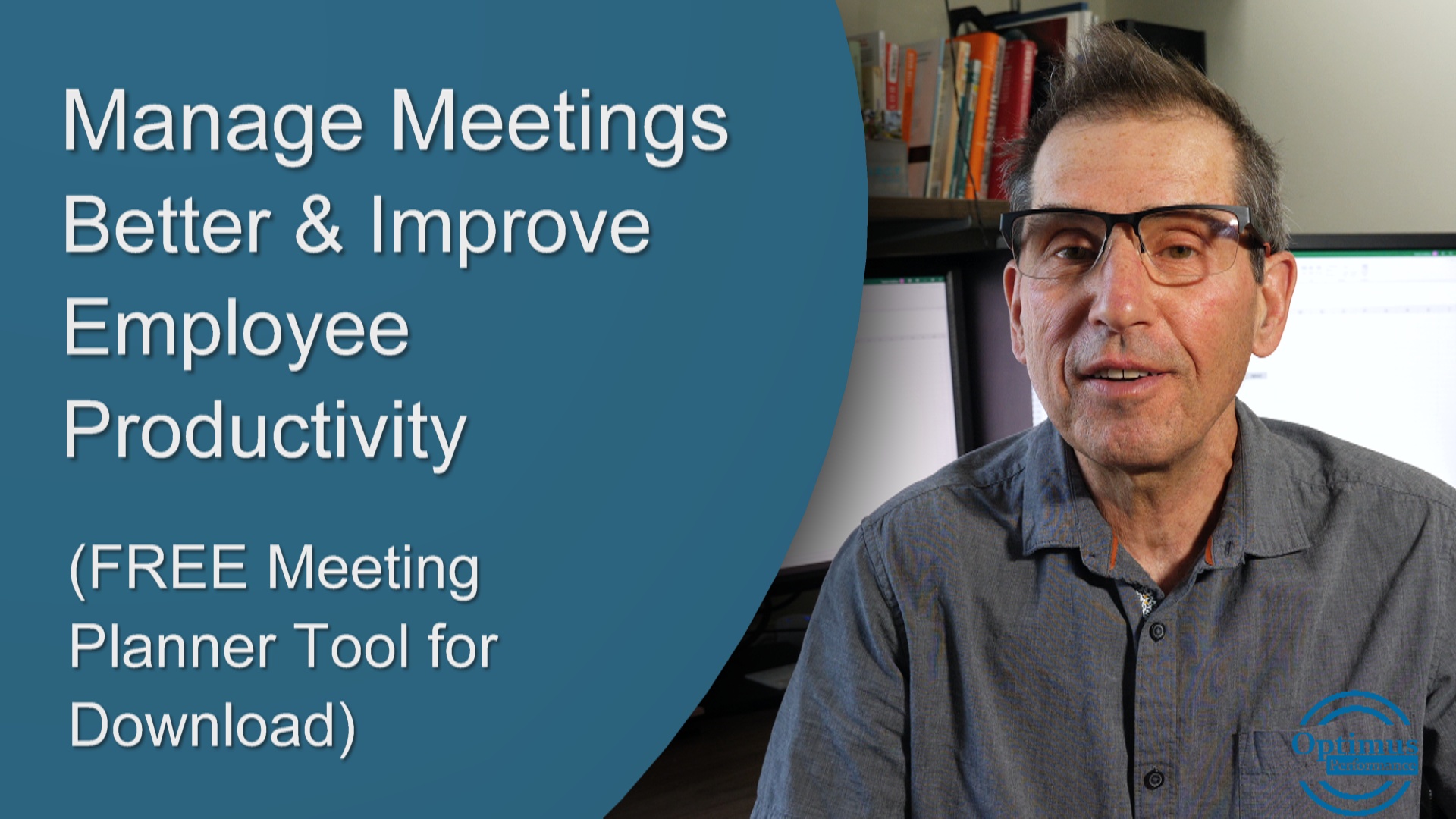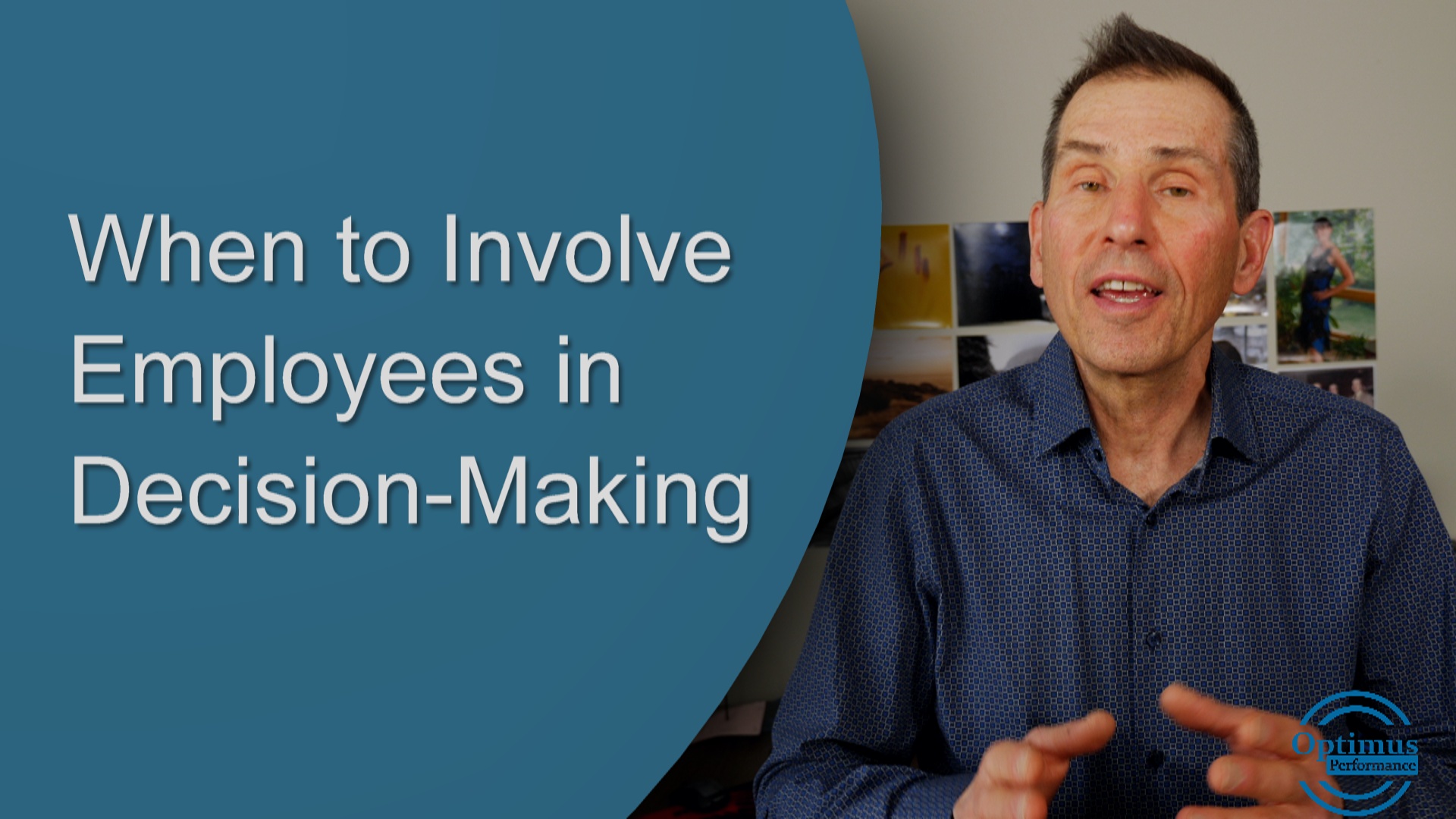Employee Productivity is Down for Remote Workers due to Too Many and Poorly Run Meetings
A recent study showed that performance of people working remotely due to the COVID-19 pandemic was as good or better than when they were working on-site. But a newer study showed that although people were performing, their productivity per hours worked was done by 20% on average.
This was manly due to managers calling too many meetings and meetings being inefficient. The theory is that because managers could not walk up to people to check in on them, they were calling more meetings instead.
“Bartleby’s law: 80% of the time of 80% of the people in meetings is wasted. This study certainly offers evidence for the proposition”
Meeting management has always been an issue. Meetings need good planning, and they need to have a purpose or goal, begin and end on time, and have follow-up on action items set at the meeting.
I have been using a meeting planning tool I created and after reading the article on the study, I decided to upgrade the tool and make it available for free download.
Meetings also need to be well facilitated or chaired and roles should be assigned to help things stay on track. Roles could be a timer, notetaker and gatekeeper. The gatekeeper helps the chairperson to keep order and remind people of the meeting guidelines. Guidelines might be acting with respect, listening, not interrupting, etc. There guidelines should be set at the beginning of the meeting or be established by the company and applied to all meetings.
I like to use a few criteria to determine if the meeting was successful.
- Did the meeting begin and end on time?
- Was the purpose or goal of the meeting achieved?
- How satisfied were the participants with how the meeting was managed?
In the video I go through each component of my meeting planner and show a sample planner. I suggest watching the video to see if what I explain can help you make your meetings more effective.
I have often heard employees in companies complain about having to attend too many meetings and that they often waste their time there. Those that arrive on time and must wait for others to arrive feel disrespected and this is quite common and should be addressed if it is your case.
Meeting efficiency can usually be improved, and everyone will feel more productive and satisfied. You can start by thinking twice about calling your next meeting and decide if it is necessary. Make sure that those who are invited really need to be there and you are not wasting their time.
Download my form and watch the guided video to start improving your meetings now.




